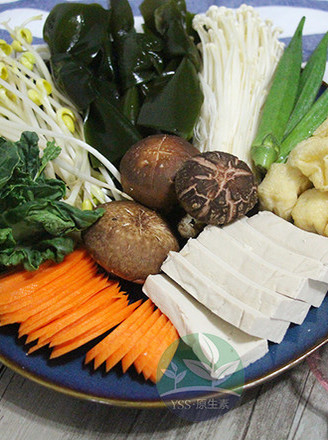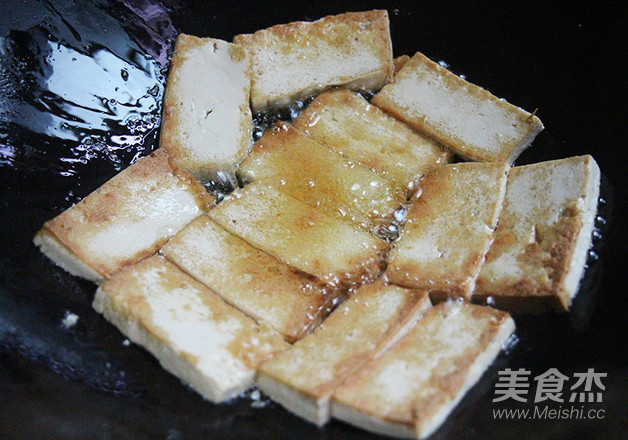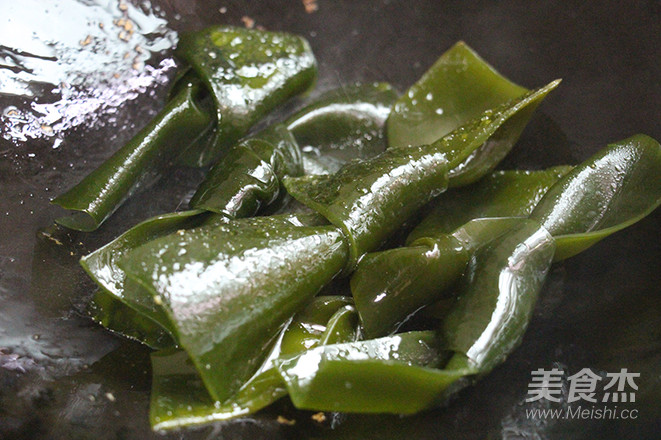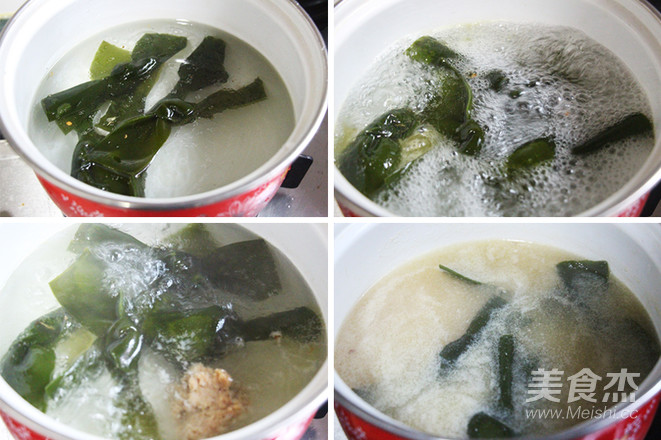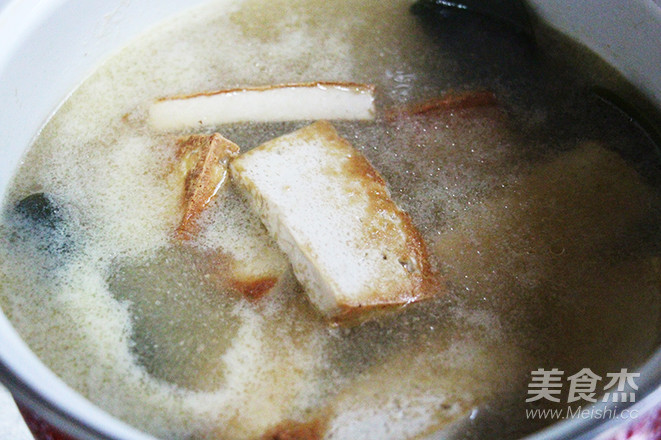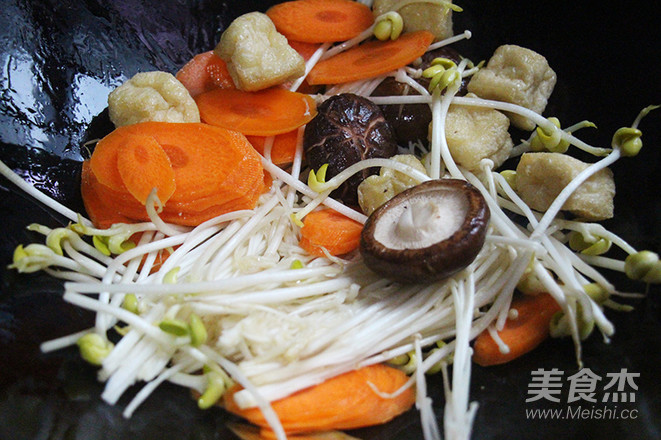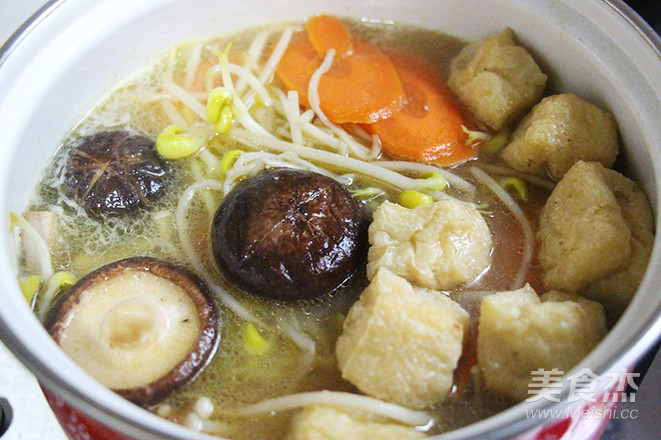Dog Days Urgently Need this Long Aftertaste Health Soup
1.
Fry old tofu until golden on both sides and set aside
2.
Fry the kelp in the pan for a while, add water to boil, add 15 grams of vegetarian miso, and cook for another 10 minutes
3.
Fry the kelp in the pan for a while, add water to boil, add 15 grams of vegetarian miso, and cook for another 10 minutes
4.
Add the fried old tofu to the seaweed soup and cook for 5 minutes
5.
Stir-fry oiled tofu, soybean sprouts, enoki mushrooms, shiitake mushrooms, and carrots in the pan, then add them to the seaweed tofu soup and cook for 5 minutes
6.
Stir-fry oiled tofu, soybean sprouts, enoki mushrooms, shiitake mushrooms, and carrots in the pan, then add them to the seaweed tofu soup and cook for 5 minutes
7.
Add milk cabbage and okra and the remaining 10g miso before starting the pan

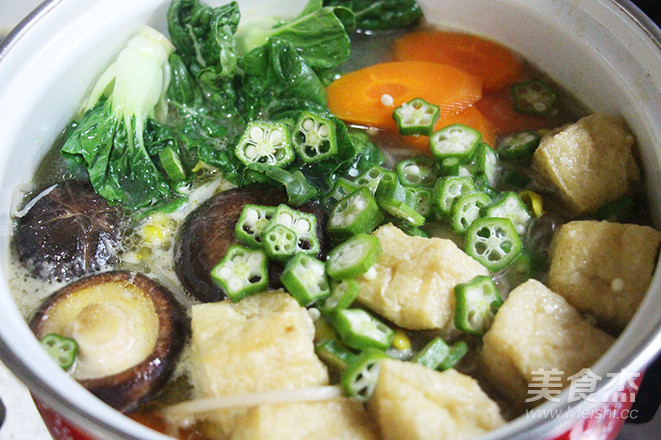
Tips:
Nutritional value:
Miso first originated in China, and then it was introduced to Japan, and it has been developed in Japan. The Japanese love of miso can be said to be fascinating. If miso is absent, the flavor of Japanese cuisine will be much inferior. For example, 50% of Japanese noodles are miso flavor. However, most Japanese miso contains fish.
Miso is rich in protein, fat, carbohydrates and nutrients such as iron, calcium, zinc, vitamin B1, B2 and niacin. Eating miso can prevent diseases such as liver cancer, stomach cancer and colorectal cancer. In addition, it can inhibit or reduce blood cholesterol, inhibit the accumulation of body fat, and improve constipation, prevent high blood pressure, diabetes and other effects.
The umami (amino acids) and sweetness (sugars) produced by enzymatic decomposition of soybeans, rice, and wheat are fully blended with the salty taste added during the production process, and the aromas, acids, and esters produced by fermentation such as yeast and lactic acid bacteria are added. , Mellow, etc., make the miso taste more mellow, richer in aroma, and can increase people's appetite.
There are many types of miso, which are made from soybeans as the main raw material, plus salt and different kinds of koji. They can be roughly divided into "rice miso" made from rice koji, "mai miso" made from wheat koji, "Miso" made from bean koji, etc.
As far as color is concerned, it can be divided into two categories: "red miso" and "light miso". The lightness of miso color is mainly affected by the time of koji making. Short koji making time means lighter color, and longer time means color. Deepen.
Tips:
Miso is not suitable for cooking for a long time. Adding a little miso before boiling will help enhance the umami taste.
One of the founders of Yusu Protosin
@Love vegetarian food, love raw food, love cooking, love yoga WeChat: ysswworld

